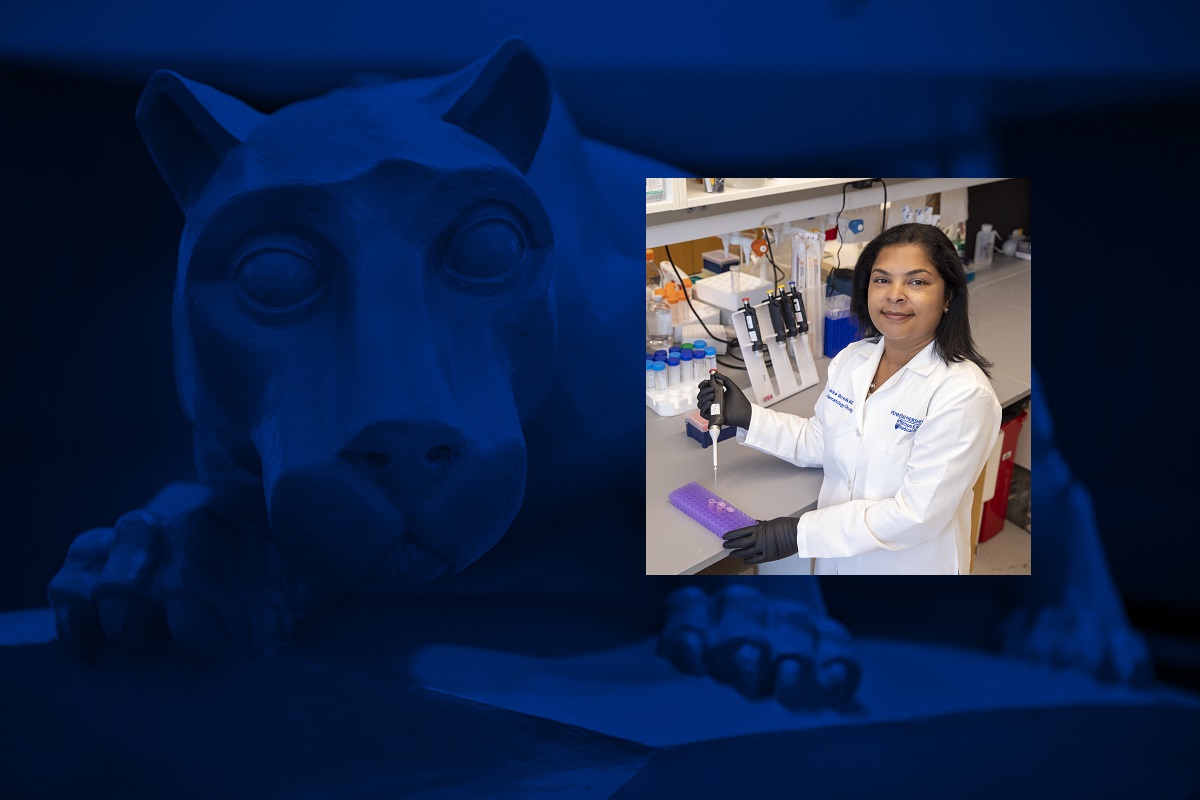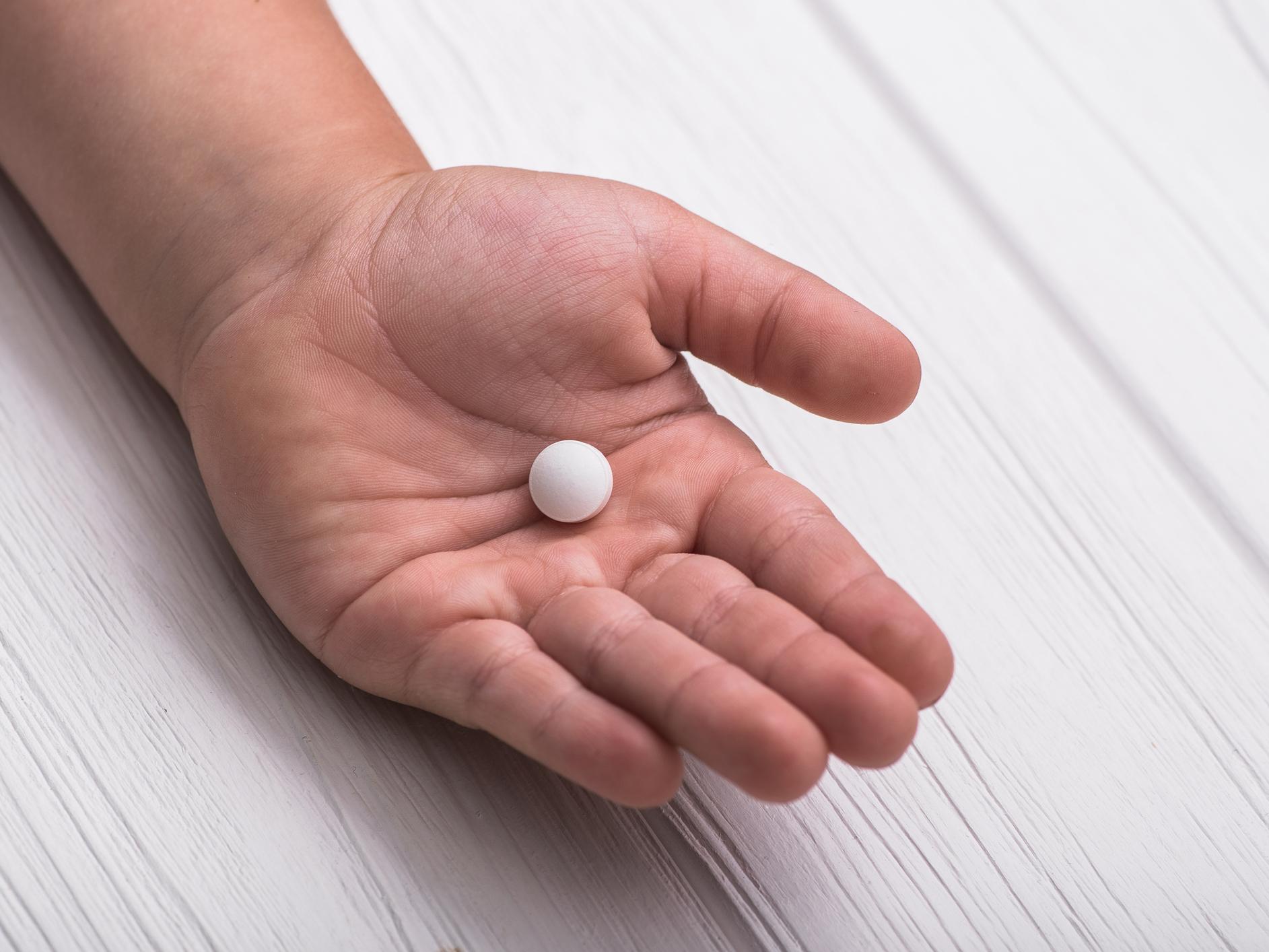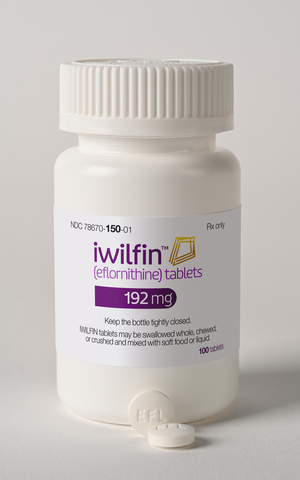Penn State College of Medicine, Beat Childhood Cancer Research Consortium and Four Diamonds launch clinical trial that aims to combat solid tumors
In a step toward fighting solid tumors in children and young adults, Penn State College of Medicine, the Beat Childhood Cancer Research Consortium and Four Diamonds, along with Senhwa Biosciences, Inc. are launching a pioneering clinical trial. The study aims to evaluate the investigational drug, silmitasertib, in combination with FDA-approved drugs for solid tumors. This innovative trial seeks to establish a [...]



